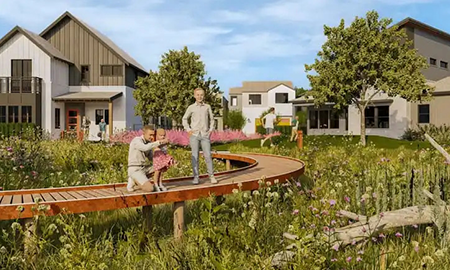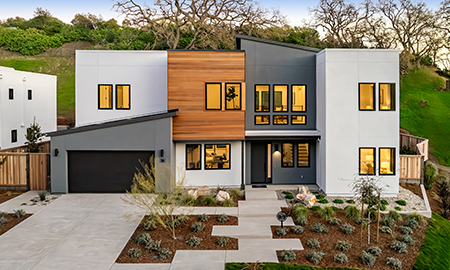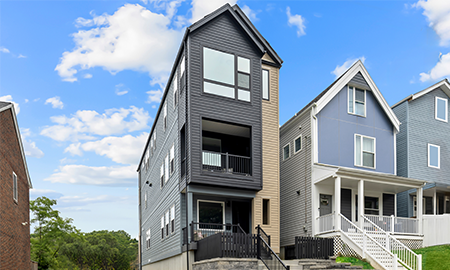2022 National Planning Conference
Building Small and Smart: New Housing Typologies
Speakers:
Ritu R. Sharma, AICP, LEED® AP – Dahlin Group Architecture Planning
Adam Weinstein, AICP – City of Kirkland
Joseph Bernard, AICP – City of Minneapolis
When:
Monday, May 2, 2022
11:00 am – 11:45 am PT
Division Endorsement: Small Town and Rural Planning Division
Diversifying the typology and affordability of the nation's housing supply could negate some of missteps of the past by offering more equitable access to housing to people of various social standings.
Most jurisdictions don't allow for inventive housing typologies, using setbacks, parking, open space, minimum lot size, and other requirements to explicitly constrain what is possible. Further, the concept of density is outdated and persists as one of the most important controlling and misunderstood planning metrics. It influences concerns about changing neighborhood character, privacy, and impacts on existing infrastructure, such as traffic, utilities, and schools. However, the legacy of planning on race and equity, widespread shortages of affordable housing, and shifting control from the local to the state level require intentional action to leverage human ingenuity to generate additional — and better — housing options.
Using real-world examples, presenters discuss the success of regulatory programs in creating viable compact housing rules that have the potential to increase diverse and affordable housing throughout communities. Their insights are based on years of pilot programs, community education, and support.
Their examples include Minneapolis and Kirkland, Washington, which have enacted regulations to promote creative housing typologies. They explore community feedback, outcomes to date, lessons learned, and local responses.
The NPC Peer Reviewers assigned this presentation a learning level of Intermediate. For more on learning level descriptions visit our General Information Page.
Learning Outcomes:
Identify smaller, denser, and context-sensitive housing typologies that fit within existing neighborhood contexts, including tiny homes and ADUs.
Understand regulatory and market-based approaches to accommodating and promoting smaller, denser, and context-sensitive housing typologies that fit within existing neighborhoods, diversify the housing stock, and increase affordability.
Use actual case studies to understand how policy has translated to actual development, what has or has not worked well, and what changes are proposed.






